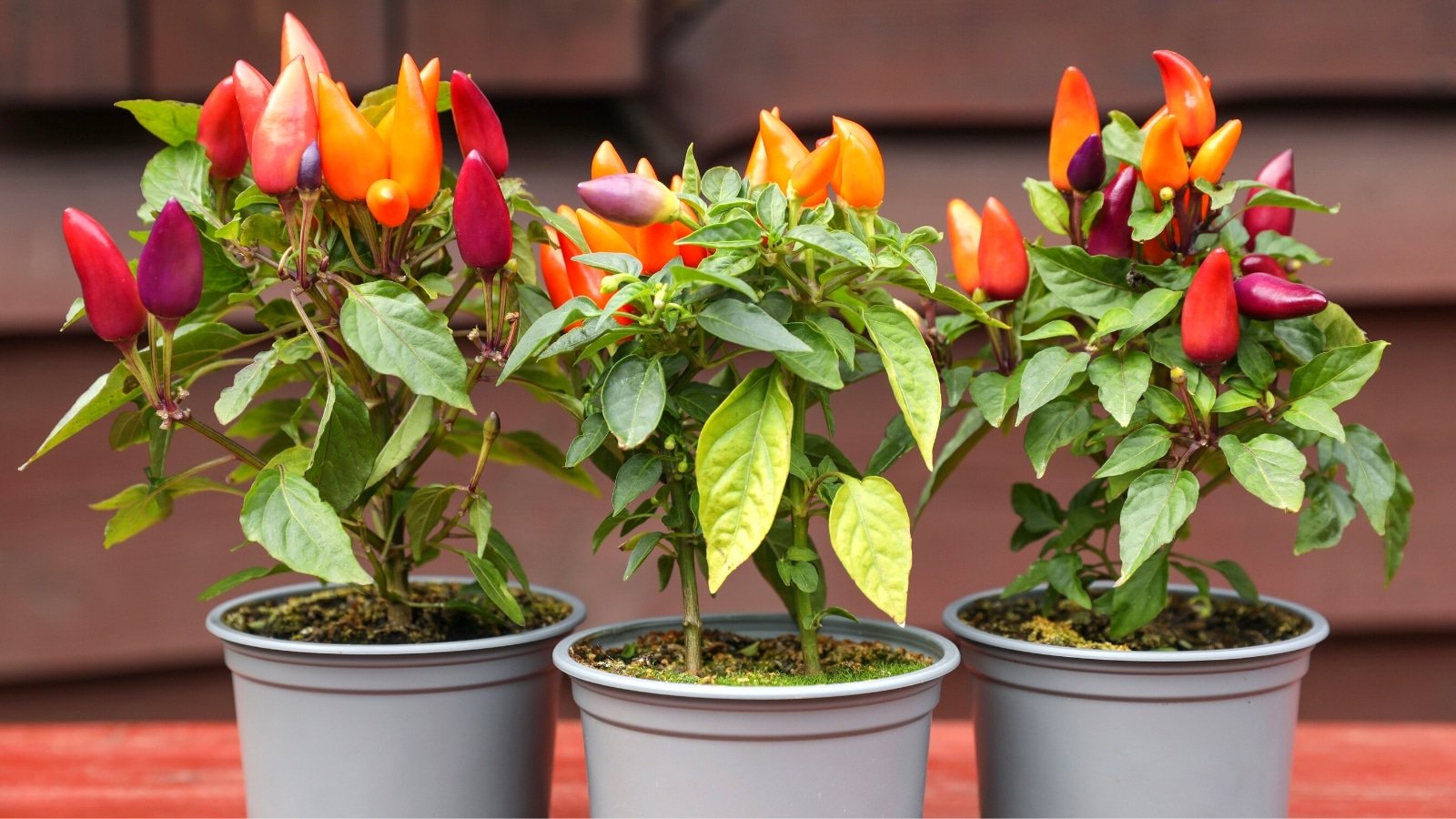Introduction
Planting peppers in your garden is a rewarding endeavor that can add both flavor and color to your outdoor space. Whether you prefer sweet bell peppers or fiery chili varieties, growing peppers successfully requires understanding their specific needs. This guide covers essential steps and expert tips to help you plant peppers in your garden with confidence.
From selecting the right pepper varieties to soil preparation, watering, and pest management, we’ll provide actionable insights that align with best horticultural practices. By following these recommendations, you can enjoy a bountiful harvest of healthy, vibrant peppers.
Choosing the Right Pepper Variety for Your Garden
Understand Your Climate and Pepper Types
Peppers thrive in warm climates with temperatures between 70-85°F (21-29°C). Before planting, consider the following:
- Sweet Peppers (Bell, Italian Sweet): Prefer moderate heat and longer growing seasons.
- Hot Peppers (Jalapeño, Habanero, Cayenne): Generally more heat-tolerant and can handle slightly higher temperatures.
Select varieties suited to your USDA Hardiness Zone and growing season length to improve success rates.
Seed or Seedlings?
Starting peppers indoors from seed 8-10 weeks before the last frost date ensures strong seedlings. Alternatively, purchasing healthy seedlings from a reputable nursery can save time.
Preparing Your Garden Bed for Planting Peppers
Soil Requirements
Peppers require well-drained, fertile soil rich in organic matter. Ideal soil characteristics include:
- pH level between 6.0 and 6.8
- Loamy texture with good moisture retention
- High nutrient content
Soil Preparation Steps
- Test soil pH using a kit and amend as needed with lime (to raise pH) or sulfur (to lower pH).
- Incorporate compost or aged manure to enhance fertility.
- Ensure good drainage by mixing in sand or perlite if soil is heavy.
Planting and Care Techniques for Healthy Pepper Plants
Planting Tips
- Space plants 18-24 inches apart in rows 24-36 inches apart to allow airflow.
- Plant seedlings deep enough to cover the root ball but avoid burying stems.
- Transplant after the threat of frost has passed and soil temperature reaches at least 60°F (16°C).
Watering and Fertilizing
- Peppers need consistent moisture but dislike waterlogged soil.
- Water deeply once or twice a week, adjusting for rainfall.
- Use a balanced fertilizer (e.g., 10-10-10 NPK) at planting and side-dress during the growing season.
Mulching
Apply organic mulch like straw or shredded leaves to retain moisture, suppress weeds, and regulate soil temperature.
Managing Common Pepper Garden Challenges
Pests and Diseases
- Aphids, spider mites, and pepper maggots are common pests; use insecticidal soap or neem oil as preventive measures.
- Fungal diseases, such as powdery mildew, can be minimized by avoiding overhead watering and ensuring good air circulation.
Temperature Stress
- Provide shade during extreme heat to prevent blossom drop.
- Use row covers or cloches early in the season to protect from unexpected cold snaps.
Harvesting and Maximizing Pepper Yield
When to Harvest
- Peppers can be harvested at various stages: green, partially ripe, or fully mature, depending on preference.
- Use scissors or pruners to cut peppers to avoid damaging the plant.
Tips for Continuous Production
- Regularly remove damaged or diseased fruits.
- Pinch off early flowers to encourage stronger plant growth in the initial weeks.
Conclusion
Planting peppers in your garden is both an enjoyable and productive gardening project. By selecting the right varieties, preparing nutrient-rich soil, and providing consistent care, you set the stage for a successful harvest. Managing pests and environmental stressors further ensures healthy plants and vibrant fruits.
Remember, patience and attention to detail will reward you with fresh, flavorful peppers for your kitchen. Start planning your pepper garden today, and enjoy the satisfaction of growing your own delicious peppers.
